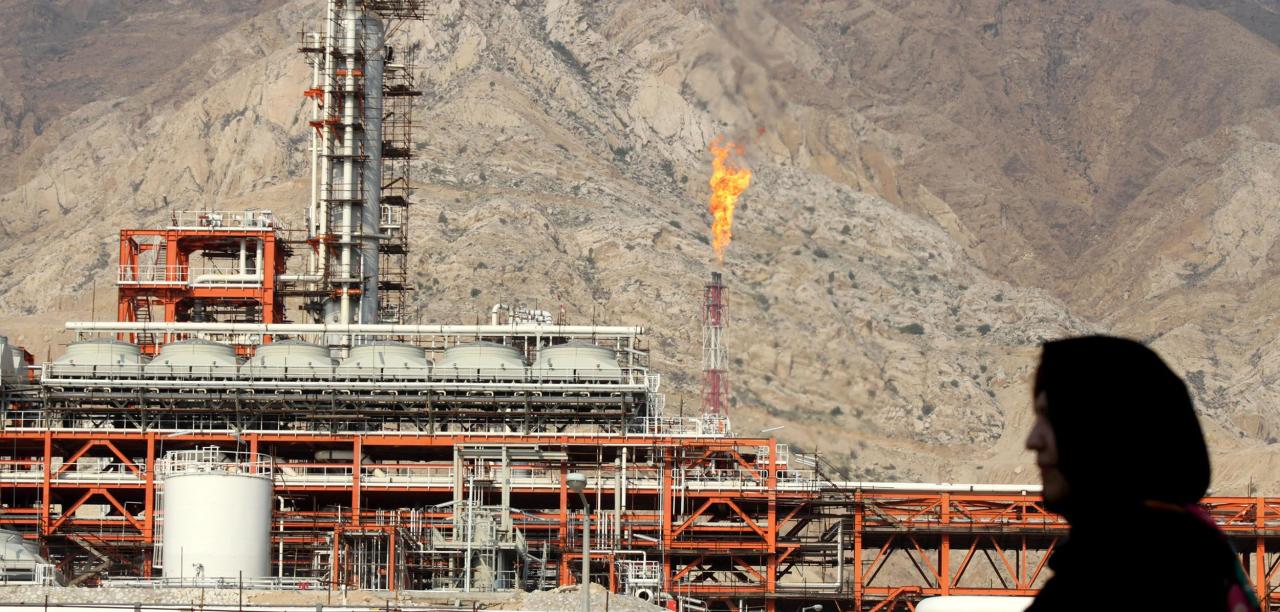Industry Spotlight: Oil & Gas
/By Andrew Lumsden, Research Associate
Like many of its Middle Eastern neighbors, the Islamic Republic of Iran sits atop considerable deposits of fossil fuels. It boasts the world’s second largest reserves of natural gas and the fourth largest reserves of crude oil. Iran extracts an estimated 4.1 million barrels per day of crude oil and nearly 200 billion cubic meters annually of natural gas, making it respectively the world's fifth and third largest producer of these fuels. Oil is critical to the Iranian economy with about half of the country’s total revenue coming from its sale. Until recently, however, natural gas in Iran has been almost exclusively for domestic consumption.
Iran's oil and gas sector has been buoyed by the 2015 Joint-Comprehensive Plan of Action (JCPOA) which relieved U.S., U.N and E.U sanctions under which Iran’s ability to export oil and access foreign investment had been curtailed. With the European market again open to it, Iran’s oil exports have been on the rise. In 2017, the Islamic Republic exported nearly 800 million barrels of crude oil, 80% more than in 2016. These sales netted $41 billion in revenue.
Oil and gas production has also been trending upwards since the JCPOA. In 2016, Iran extracted 216 million metric tons of crude oil, the most since 2011. Natural gas production has grown 6% since the JCPOA, and Iran has begun moving to establish itself as a major gas exporter in the near future. Tehran is already in talks with Oman to construct a gas pipeline between the two countries.
With oil and gas production and exports rising, Iranian officials have identified attraction of foreign investment as their primary goal for the country’s energy sector in the coming years. Deputy oil minister Hossein Zamani-Nia estimated in April 2017 that at least $185 billion in foreign investment over the next 20 years will be needed if Iran's energy sector is to prosper. This is because about 80% of Iran’s oil fields are aging, becoming 8-12% less productive each year. The country will need this capital to drill new oil wells and import more efficient extraction tools.
Officials are particularly keen on developing oil fields in the West Karun region, near the Iraqi border. These fields are less worn and potentially more productive than their aging counterparts to the east. Production in this region has nearly tripled since 2015, and it is estimated that if Iran can secure $15.2 billion in foreign capital to develop them, the West Karun fields could be producing nearly 700,000 barrels per day of oil by 2020, more than double what they do now.
Tehran has already made some progress in attracting investment. It has signed over 30 Memorandums of Understanding (MoUs) with oil companies from several countries including China, France, Japan, Germany, the Netherlands and Russia. These companies have agreed to conduct studies of various Iranian oil fields which may lead to future investments. The governments of Belarus and Poland have also expressed interest in investing in Iranian oil. The French oil company, Total and China’s state-run CNPC have committed nearly $5 billion to developing the South Pars gas field which Iran shares with Qatar. According to Total, this investment will increase production at South Pars by a rate of 2 billion cubic feet of gas per day by 2021. Also, Indian company ONGC Videsh plans to invest $3 billion in Iran’s Farzad-B gas field over the next five years.
Although the Iranian energy sector has much to celebrate post-JCPOA, several areas of concern remain. First and foremost, it is unclear whether Iran will successfully be able to attract the amount of investment it needs. Despite the MoUs, few actual contracts between Iran and foreign oil companies have been finalized. Many investors remain hesitant to do business with Iran for fear of running afoul of older U.S. sanctions which are unaffected by JCPOA. There is also concern that the U.S. may soon withdraw from the nuclear deal.
Moreover, Iran is having difficulty establishing a framework for governing foreign energy sector cooperation. The pro-reform administration of President Hassan Rouhani is embroiled in disagreements with conservative officials who oppose concessions to foreign companies and promote a self-reliant “resistance economy.” These issues coupled with stubbornly low global oil prices and a lack of available, seaworthy oil tankers, present tough challenges to Iran’s oil and gas sector. Although officials maintain an optimistic, ambitious attitude and are vigorously courting investment, the future remains uncertain.
Below, more information can be found regarding Iran’s upcoming Oil, Gas, Refining and Petrochemical Exhibition.
Event:
The 23rd Iran Oil, Gas, Refining and Petrochemical Exhibition
Where:
Tehran Permanent Fairground
When:
May 6-9, 2018
Additional Details:
http://iran-oilshow.ir/English/

